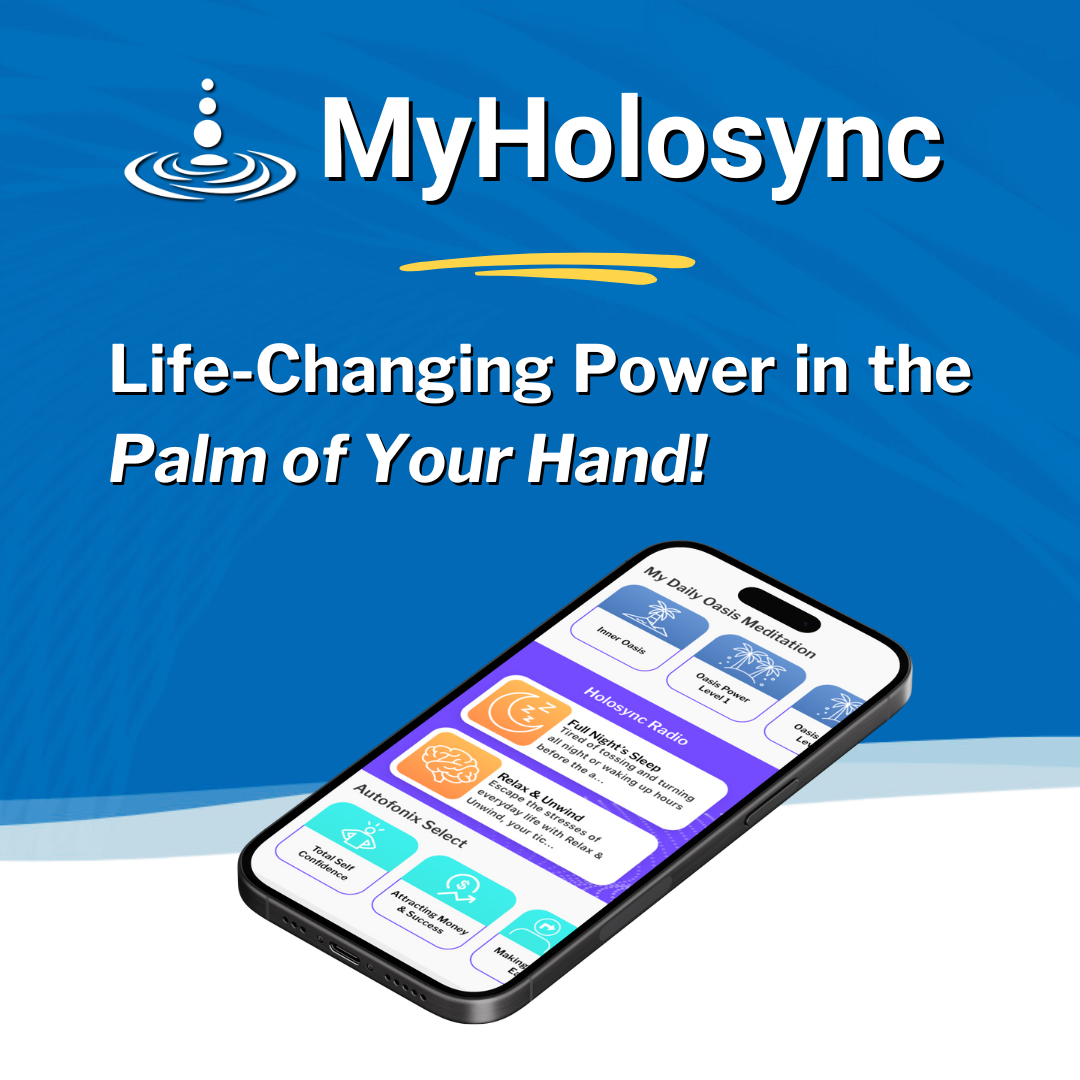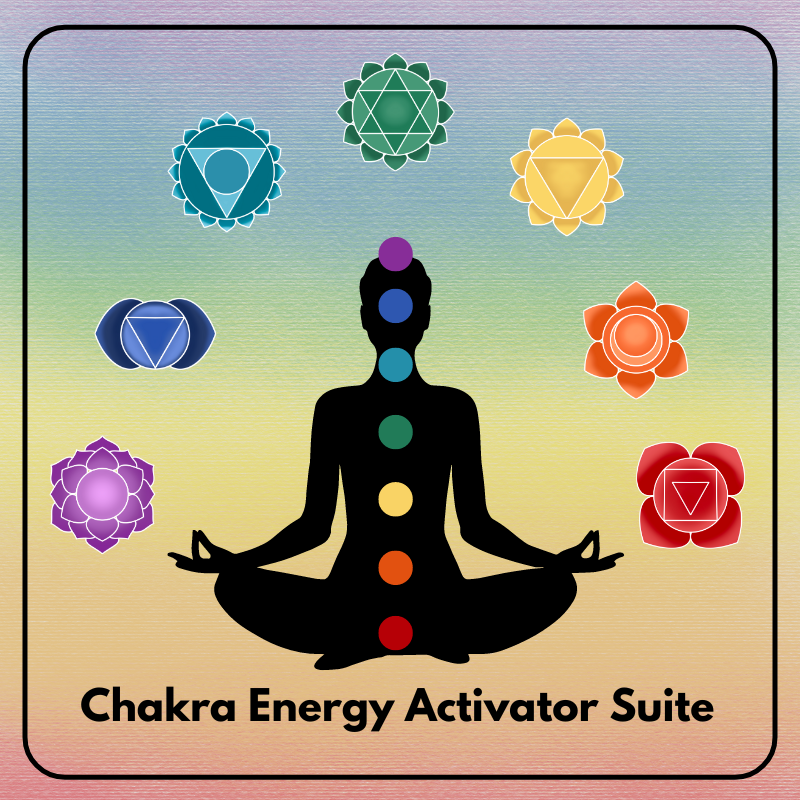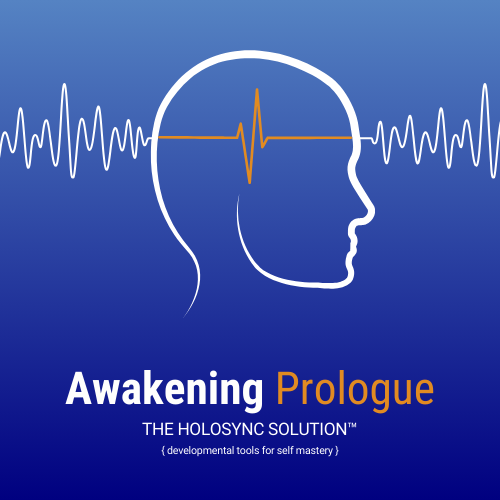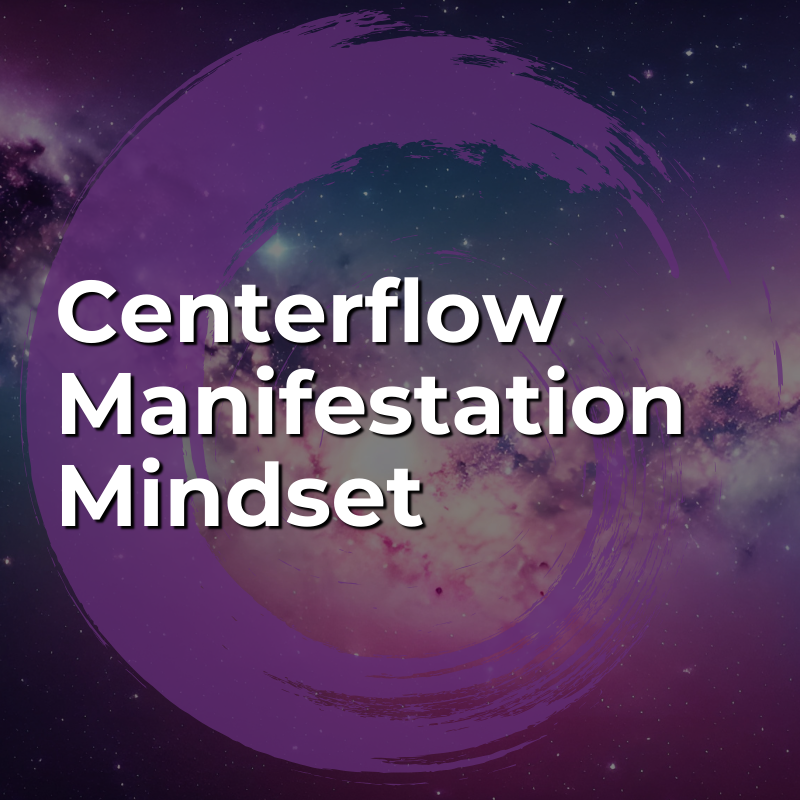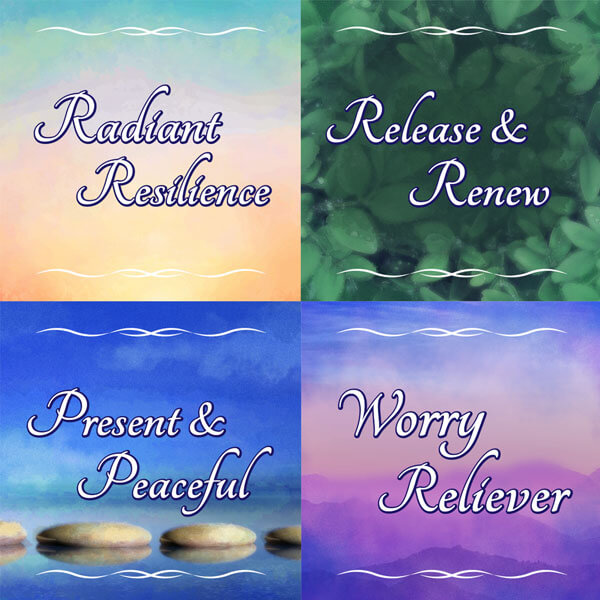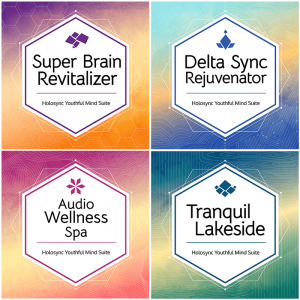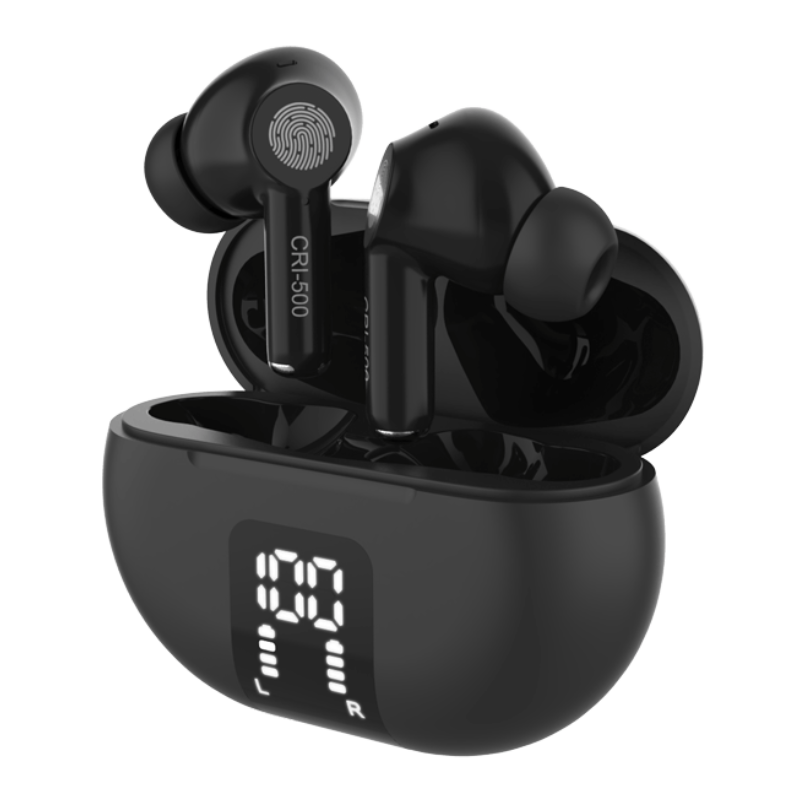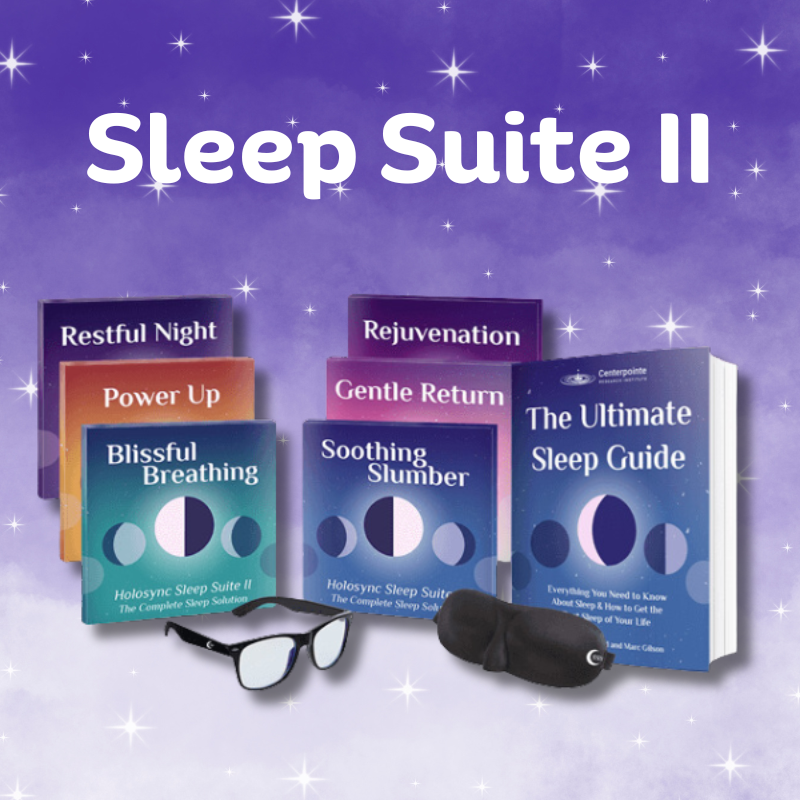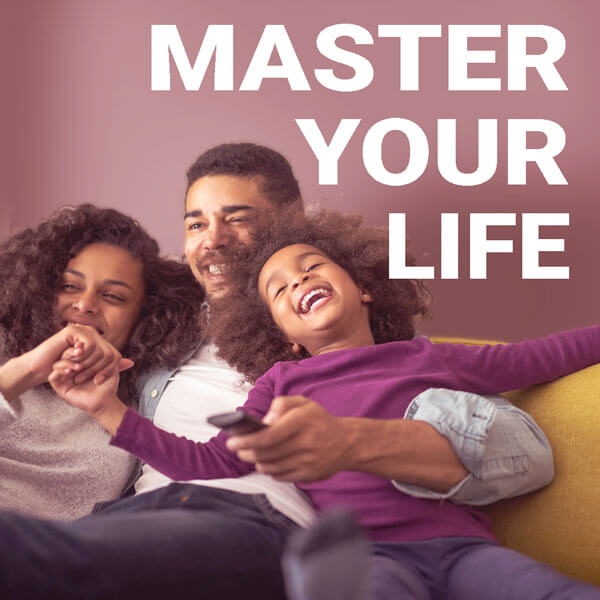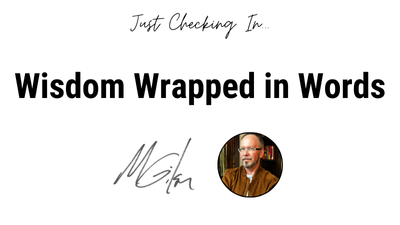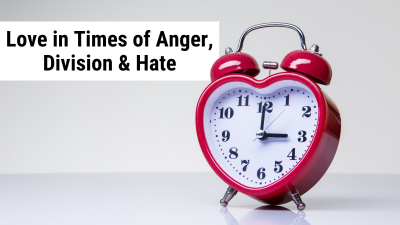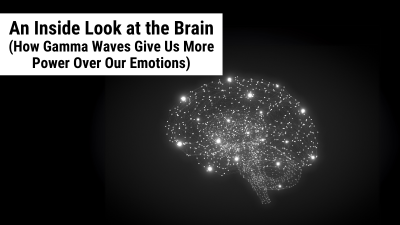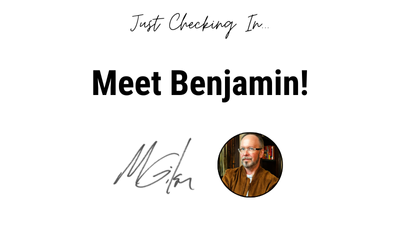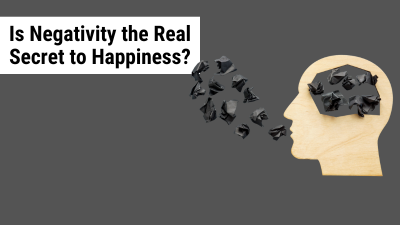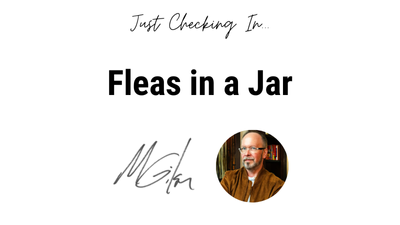Painful Past, Painful Body
Can Healing Trauma Relieve Chronic Pain?
By Ryan Standifird
Chronic pain affects millions of people all around the world. It makes simple tasks like doing the dishes, walking the dog or driving a car unpleasant or outright impossible. And much of the time, chronic pain lingers on long after the initial injury has already healed.
This leaves doctors and scientists with a predicament. How do you heal a part of the body that has no physically identifiable problems, but that is still the source of stress, pain and agony?
Well, a new study by UCLA Health and the US Department of Veteran Affairs might have uncovered one particularly effective method…
…by diving into the past and addressing the patient’s trauma.
A Link Between Physical Pain & Painful Emotions
Psychotherapy - therapy that includes talking and communication with a therapist - has long been encouraged by doctors treating chronic pain patients. This is especially true for veterans of war, who often come home with emotional wounds that are hard to detect at a glance.
But the results of this recent study show that not every kind of psychotherapy is effective when it comes to mitigating chronic pain.
Specifically, the scientists at UCLA Health focused on comparing a new kind of therapy, known as emotional awareness and expression therapy (EAET) to traditional cognitive behavioral therapy (CBT). The intent of the study was to see which technique was better at treating chronic pain as well as mental health symptoms such as depression, anxiety and post-traumatic stress disorder among older veterans.
The result?
63% of veterans who underwent EAET saw at least a 30% reduction in pain.
Meanwhile, only 17% of participants who underwent CBT saw that kind of pain reduction.
What’s more, the reduction in pain was sustained among 41% of EAET participants six months after treatment.
Compare that to only 14% of CBT patients reporting pain reduction after the same time period and it becomes clear that one method was much more effective at treating chronic pain than the other.
Finally, EAET patients also reported greater relief from anxiety, depression, PTSD and higher life satisfaction.
That’s major!
So, what was the difference between these two therapies? Why was EAET so much more effective?
What’s the Difference Between EAET and CBT Anyway?
Therapy is therapy, right? Not necessarily.
When it comes to chronic pain for veterans, CBT has long been the gold standard go-to psychotherapy treatment. But studies so far have shown that its pain-relieving benefits are lacking.
When veterans report chronic pain, they typically undergo a CBT treatment package that includes similar exercises to those used to treat depression or anxiety such as guided imagery, muscle relaxation, cognitive restructuring and activity pacing. The end goal is not to try and cure the pain, but to help veterans cope with it.
EAET, on the other hand, focuses on experiencing, expressing, and releasing stressful emotions.
EAET is built on the concept that the brain’s perception of pain is strongly influenced by these stress-related emotions. When these emotions are repressed, it results in an aggravation of pain.
Here’s how EAET works:
Patients are asked to focus on a stressful interaction, whether it’s getting cut off in traffic, or a more severe experience like witnessing the death of a comrade in arms.
The purpose is to have patients experience these emotions both in mind and in body - as it’s been well documented that trauma can be experienced and stored within the body.
Then the patients work to confront these emotions, express their reactions and ultimately let the emotions go.
By facing these difficult emotions like anger, pain, sadness, guilt, or other long-stifled reactions to difficult situations, patients are able to express, release, and replace them with honesty and self-compassion.
Healing in Mind & Body
The results are undeniable. The veterans in the study were able to greatly mitigate or even heal their chronic pain by addressing their suppressed emotions and traumas.
Why is that? What was going on there?
Here’s one major theory:
First, suppressing an emotion requires a significant amount of continuous energy and effort. This takes a toll on your mental and physical load. It’s like a perpetual clench that prevents you from relaxing. This leads to issues like sleeping problems, hypervigilance, and even inflammation.
Someone repressing an emotion or memory might not even be consciously aware that they are doing this, and that it’s draining their mental and physical resources. But by participating in EAET, they are able to shine a light on these repressed emotions, bring them out into the open, and finally release them.
This frees up all the resources that were being used to repress the emotions or memories so that those resources can be used for more beneficial purposes. It lightens the mental load, makes room for relaxation, and improves sleep quality.
All of this in turn allows for a better environment for physical healing and more balanced neurochemistry.
Tools for Addressing Trauma and Chronic Pain
Not everyone has access to EAET. But that doesn’t mean that there aren’t powerful ways you can release repressed trauma and reap the benefits.
If you’ve experienced trauma in your life, whether you’re a veteran, a survivor of abuse, or were bullied in school, then I hope you’ll check out Centerflow Healing Trauma Solution. This powerful collection of Holosync meditation tools are designed to help release and heal the trauma that’s been trapped within.
It also includes unlimited 1-on-1 coaching sessions that are extremely helpful in tackling the difficult memories or emotions that accompany trauma. And it features live monthly “Safe Connection” group coaching sessions (via Zoom) that touch on topics like shadows, somatic therapy, the inner voice, the power of story, and so much more. Best of all, when you sign up for Centerflow Healing Trauma Solution, you’ll also gain instant access to recordings of all our previous Safe Connection calls.
For those suffering from chronic pain, I suggest looking into Painless, Calm & Free - a potent Holosync collection specifically for addressing chronic pain and breaking the pain-stress-pain cycle that can make it much worse.
And based on the study mentioned above, it might be a good idea to combine these two resources to ensure you’re addressing the root of the problem.
Remember that if you have any questions about either of these wonderful collections or what sort of meditations might help your particular situation, our knowledgeable support team would love to talk to you. You can reach them at 503-672-7117 between 9:00 and 4:30 Pacific time, M-F, or email them at support@centerpointe.com anytime.
Chronic pain and trauma are among the most painful issues anyone could face. But they don’t have to be a lifetime sentence. This study shows that with a little help and awareness, there is a path to heal.
Centerflow Healing Trauma Solution
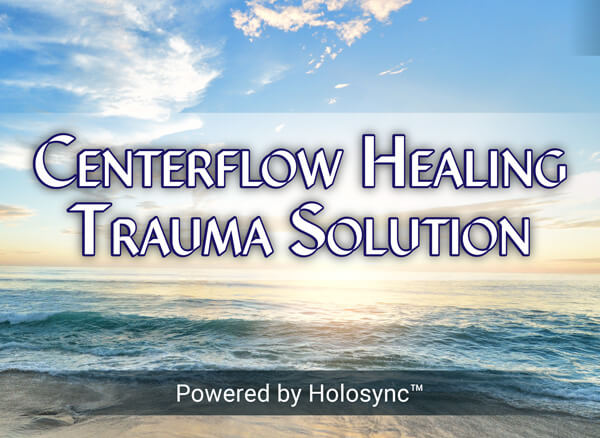
Trauma causes a ripple effect that disrupts your life - until you can finally release and heal.
That’s why we created the ultimate at-home solution that makes it easy to free yourself from the trauma in your life!
Centerflow Healing Trauma Solution combines our most advanced neuro-audio technology, 1-on-1 coaching, and group coaching to provide you with the ultimate at-home trauma healing solution.
SIX powerful trauma-healing solutions that use a mix of our Holosync, Autofonix, and Lateral Carrier Boost technologies to target specific symptoms of trauma.
FOUR extraordinary bonuses including a listening guide, healing journal, 1-on-1 coaching and monthly Safe-Connection group coaching
It’s our most powerful trauma-healing collection ever!
Wise Words
“Suppressing an emotion requires a significant amount of continuous energy and effort. This takes a toll on your mental and physical load.”
- Ryan Standifird
This Really Happened
"Day 2 was almost electrifying. I was so energized and clear headed all day. Then, I slept very well. And I'm normally an insomniac. I woke up refreshed before my alarm even went off. Subsequently, I found myself at a level of peace I've rarely experienced. Thanks for harnessing this tool."
~Meghan D.
5-Day Challenge Participant
We Want to Hear From You!
What bad habit would you like to ditch this year?
Post your story on our Facebook Page.
Not on Facebook? Tell me about the impact that meditation with Holosync has had on your daily life. Stress? Sleep? Weight Loss? Focus? Spiritual Connection? Other? Email your story here.

